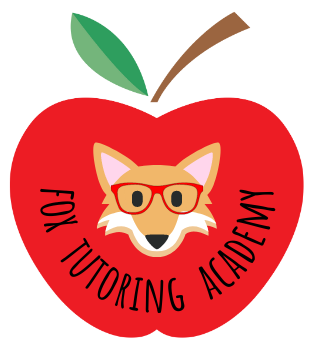The magical journey of reading, much like constructing a majestic skyscraper, relies on a strong and intricate foundation. The edifice of reading skills is meticulously crafted on five fundamental pillars. When these pillars are robustly developed, they propel children into an exciting realm of literacy where they don’t just decode words, but comprehend, enjoy, and internalize the essence of every text they encounter. Let’s delve deep into the five core areas of reading: Phonemic Awareness, Phonics, Fluency, Vocabulary, and Comprehension, and discover how each component helps kids soar to greater reading heights.
1. Phonemic Awareness
- What is it? Phonemic Awareness refers to the ability to recognize and manipulate individual sounds (phonemes) in spoken words.
- Example: Recognizing that the word “bat” can be changed to “cat” by replacing the beginning sound.
- Why it’s Important: Before children can read text, they need to have a keen auditory understanding of the sounds in words. This foundational skill is the stepping stone to phonics and word recognition.
- Soaring Higher: Kids with a strong sense of phonemic awareness find it easier to segment and blend sounds, making the initial steps into reading smoother and more intuitive.
2. Phonics
- What is it? Phonics involves the correlation between the written alphabet (letters) and their corresponding sounds.
- Example: Associating the letters “sh” with the sound as in “shoe”.
- Why it’s Important: With phonics, children can decode unfamiliar words, making reading a more fluid process.
- Soaring Higher: As kids master phonics, they become more adept at decoding, which reduces their reliance on memorization and fosters independent reading.
3. Fluency
- What is it? Fluency is the capacity to read a text accurately, quickly, and with proper expression.
- Example: Transitioning from hesitant and choppy reading to a smooth, expressive rendition of a story.
- Why it’s Important: Fluency enhances comprehension. When kids aren’t struggling with decoding every single word, they can focus on understanding the story or content.
- Soaring Higher: Fluent readers enjoy the act of reading more, as they can easily dive into the story’s flow, enhancing their overall engagement with the text.
4. Vocabulary
- What is it? Vocabulary encompasses the array of words kids must know to communicate effectively.
- Example: Understanding words like “enormous” means “very big”.
- Why it’s Important: A rich vocabulary enables kids to better understand what they read and express themselves more precisely.
- Soaring Higher: As children expand their vocabulary, they gain access to more complex texts, unlocking a world of knowledge and fostering deeper comprehension.
5. Comprehension
- What is it? The ultimate goal of reading – comprehension is the ability to understand, interpret, and analyze what’s being read.
- Example: After reading a story about a boy who gave his sandwich to a friend, a child can infer the boy is kind.
- Why it’s Important: Reading without comprehension is like watching a movie on mute. The essence and joy of reading come from understanding and relating to the content.
- Soaring Higher: Kids with strong comprehension skills don’t just read the words; they connect with them, apply them, and often, are inspired by them.

In Conclusion
The multifaceted universe of reading, while intricate, becomes navigable when kids are equipped with the right tools. By fortifying these five pillars, we set them up not just for academic success, but for a lifelong love affair with books and the enchanting worlds they hold within. Let’s prioritize these areas, support our young readers in their journey, and watch them not just read, but truly soar!

